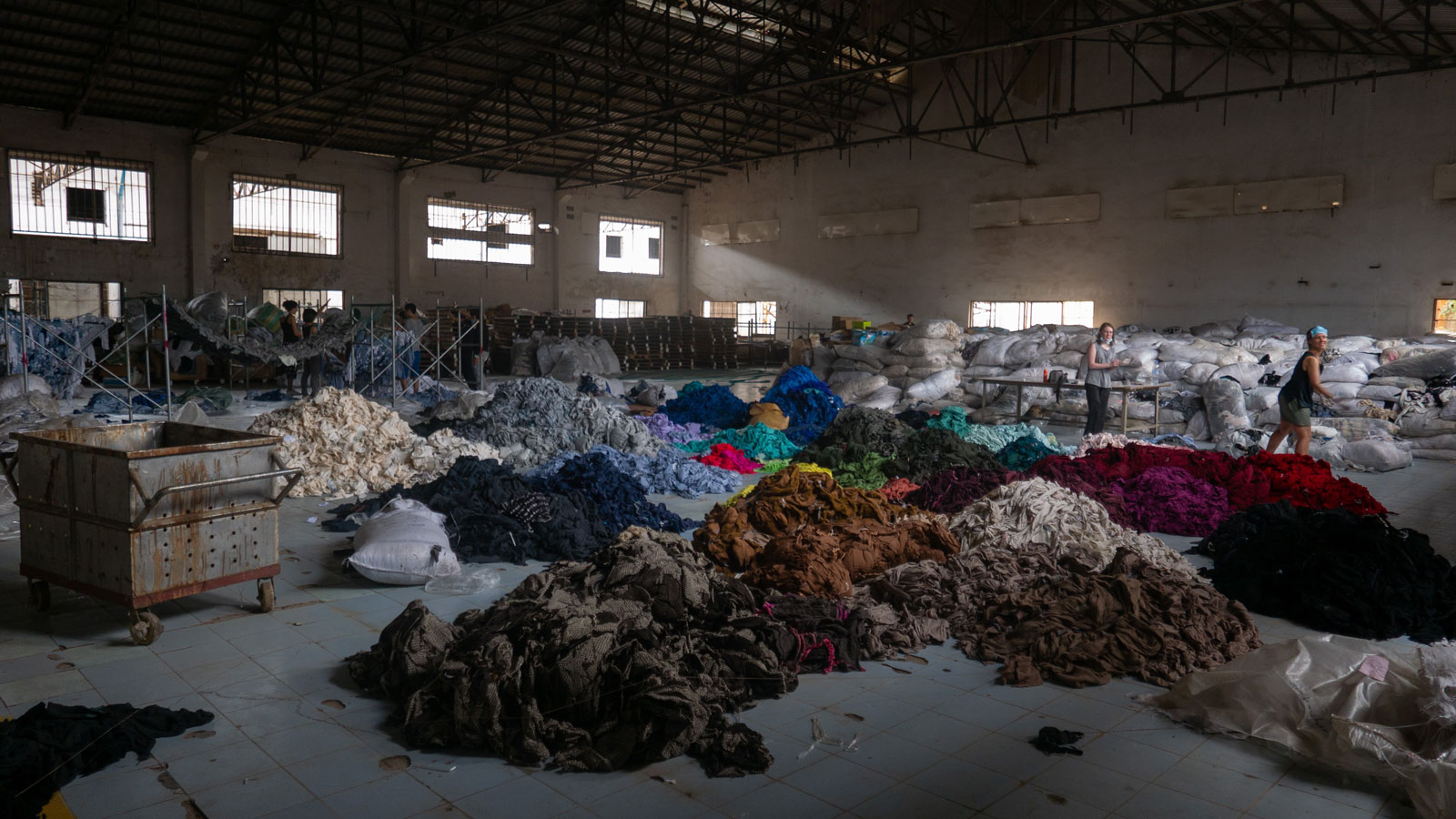You may think of your wardrobe in terms of practicality and personal style, or perhaps you enjoy what’s jokingly called retail therapy and acquire clothes for the pleasure of novelty. But you probably rarely think about how your clothing also links you to a giant global industry – one with all sorts of destructive environmental, social-justice, and climate impacts, including a significant carbon footprint.
It’s no secret that this is so, especially in the case of so-called fast fashion, and articles that generalize about the industry’s problems are easy to find. The following pieces go beyond those generalizations to look more carefully at some of the reasons fashion’s problems are hard to solve – and at a few ways solutions are being sought.
“Fashion has a misinformation problem. That’s bad for the environment.” Start with this piece by Alden Wicker in Vox for an eye-popping discussion of how hard it is to come by solid data – including the numbers you’ll find in the articles below. (Wicker’s website includes other interesting articles on the subject.)
“Dressing up for Earth Day: Fast fashion’s greenwashed guise.” This story by Nour Ghantous in Energy Monitor can stand in for many others, both in its use of the numbers Wicker explores and its critique of the industry.
The New York Times has run a series of articles about “responsible fashion” during 2022. These two are especially interesting:
“Lululemon’s Olympic challenge to reduce its emissions.” Phil McKenna (Inside Climate News) makes excellent use of one example to consider what companies can do easily, what’s much harder, where greenwashing comes in, and more.
“The beauty industry is a climate disaster.” Emily Atkin’s interview with Jessica DeFino, from her newsletter Heated, is another eye-opening piece of journalism about a related industry.
Finally, if you’re interested in reading – or doing – more about sustainable fashion, the Carbon Almanac has an extensive and quite wide-ranging list of resources here.
Source link


